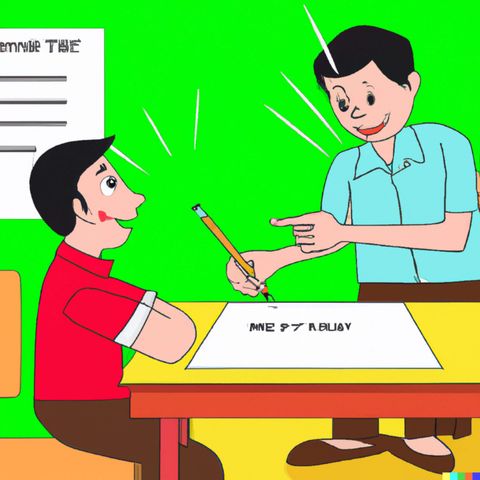A Guide on Writing: Finding Your Purpose and Audience

Sign up for free
Listen to this episode and many more. Enjoy the best podcasts on Spreaker!
Download and listen anywhere
Download your favorite episodes and enjoy them, wherever you are! Sign up or log in now to access offline listening.
A Guide on Writing: Finding Your Purpose and Audience
Description
A Guide to Writing: Episode 1 - Finding Your Purpose and AudienceHey everyone, welcome back to another episode of "A Guide to Writing," the podcast where we unpack the art...
show moreTo InformAre you writing to inform? Maybe you're penning an article about climate change, or writing a how-to guide on assembling a desk. When you're writing to inform, clarity is your best friend. You want your audience to come away with new knowledge or skills, so avoid jargon or overly complex sentence structures. To EntertainOr perhaps you're writing to entertain. Think novels, short stories, or even a humorous blog post. In this case, your main aim is to capture the reader's attention and hold it. Your choice of words, the pacing, the narrative arc—all these elements work together to keep your audience engaged. Your goal? To give them an emotional or intellectual experience worth remembering. To PersuadeMaybe your purpose is to persuade. Ah, the domain of opinion pieces, sales pitches, and cover letters. Here, you're not just presenting facts or telling a story; you're aiming to change minds. This requires a deep understanding of human psychology and persuasive techniques, such as establishing credibility, appealing to emotion, and providing logical arguments. Other PurposesAnd let's not forget other purposes like to inspire, to provoke thought, or to create a sense of community. Your purpose might even be a combination of these. So before you set out to write, ask yourself: What do I want my reader to feel, think, or do after reading my work? That's your purpose.Audience: Know Your AudienceAlright, moving on to the second big piece of the puzzle—your audience. You can write the most brilliant piece, but if it's not tailored to the audience, it's like serving a five-star meal to someone who's not hungry. Identify Your AudienceThe first step is identifying who your audience is. Are they experts in the field or newcomers? Are they young, old, or a mix? What do they care about? Knowing your audience's demographics, psychographics, and needs will help you tailor your message more precisely. Speak Their LanguageOnce you've identified your audience, think about the language that will resonate with them. If you're writing a technical report for engineers, industry jargon might be appropriate. But if you're writing a children's story, you'll want to avoid complicated words and focus on simplicity and imagination. Engage Them EffectivelyLastly, think about how to engage your audience. Use examples, anecdotes, or questions that will grab their attention. Sometimes, knowing your audience might even mean knowing what not to say. The last thing you want is to alienate them with an inappropriate joke or a poorly timed comment.
So there you have it, folks. Before you dive into your next writing project, take a few minutes to clarify your purpose and identify your audience. It may seem like extra work, but I promise, it will make the writing process much smoother and your end product that much more effective.That wraps up today's episode on Finding Your Purpose and Audience. Thanks for tuning in to "A Guide to Writing." Don't forget to subscribe so you never miss an episode. Until next time, happy writing!
Information
| Author | QP-1 |
| Organization | William Corbin |
| Website | - |
| Tags |
Copyright 2024 - Spreaker Inc. an iHeartMedia Company
